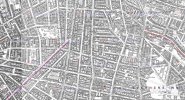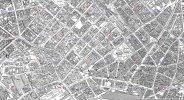Hi there, I found evidence of relatives having lived around 1900-1930 in Hurst St then in the Latimer Street back to backs, another reference to Irving Street. Were any of these locations anywhere near to Great King Street? It is hard to tell given many of the older locations no longer exist and I am not a local. Any help would be very much appreciated, maps particularly appreciated! thank you
Louise
Louise





